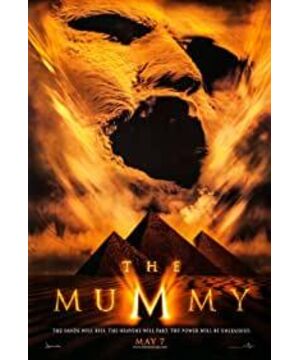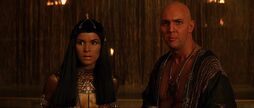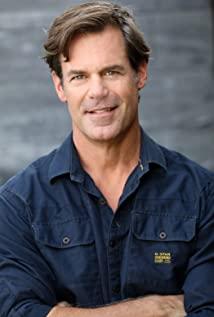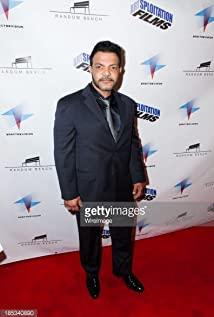The Mummy Shooting process
-
Deja 2021-10-20 19:00:29
It's always like this.Some young and beautiful archaeologists, geographers, biologists, or other scientists, go deep into the temples, jungles and deserts of Egypt, Africa, South America, and South Asia. Treasures, maps, guides, indigenous people, brave, loyal, love, beauties, opponents...Although it is obviously to satisfy the barren life of our poor urbanites, although the routine is ruthless, it does not prevent me from looking good and entertaining.
-
Xzavier 2022-03-22 09:01:09
It’s not very outdated to look at it almost 20 years ago. . . . &After reading, I remembered a line of lyrics, heroes and beauties are one country, suitable for many movies
-
Winston: What's the, uh, What's the challenge, then?
Rick: Rescue the damsel in distress, kill the bad guy, and save the world.
-
Mr. Daniels: I'm going downstairs, get me a drink. You want something?
Mr. Henderson: Yeah. Yeah, get me a glass of bourbon.
Mr. Daniels: Alright.
Mr. Henderson: A-And a shot of bourbon.
Mr. Daniels: Yeah, okay, okay.
Mr. Henderson: And a bourbon chaser!
Mr. Daniels: Yeah, yeah, I'll get your damn bourbon.











